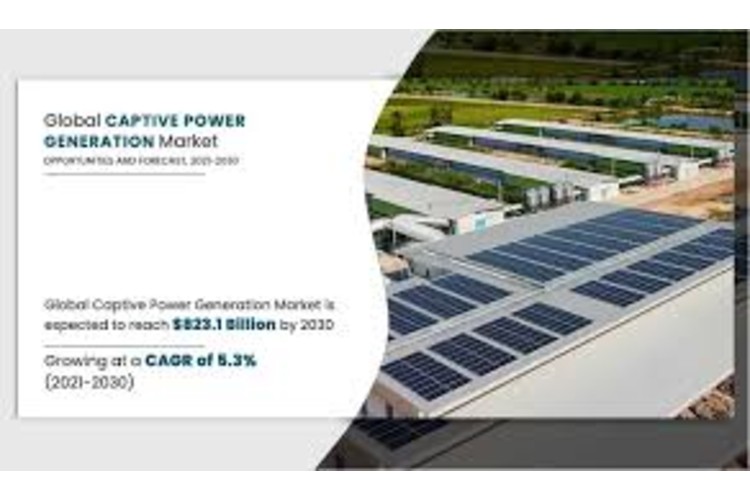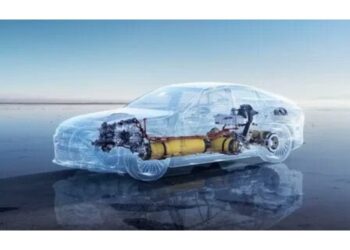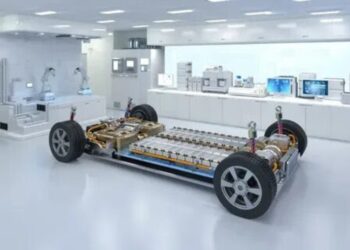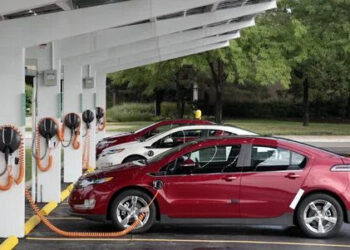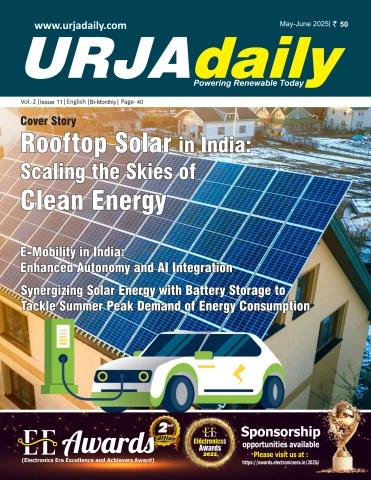WILMINGTON, DE, UNITED STATES – According to a new report published by Allied Market Research, The global captive power generation market size was valued at $494.7 billion in 2020, and is projected to reach $823.1 billion by 2030, growing at a CAGR of 5.3% from 2021 to 2030.
A captive power generation plant, also known as a self-generating plant, is a facility that produces electricity used and managed by industrial or commercial energy consumers for their own energy consumption. It can operate off-grid or can be connected to the grid to trade in excess electricity.
North America accounted for the largest share of the market in 2020, with Asia-Pacific being the fastest growing region.
The major companies profiled in the captive power generation industry report include ADC LLC, ArcelorMittal S.A., Clarke Energy, General Electric Company, Hindalco, Kohler Co., PBS Group, Reliance Industries, Siemens, and Wartsila.
Residential and commercial construction projects are on rise in developing countries, and developed countries have a significant impact on stationary power generation. An increase in infrastructure activities will escalate the demand for steel and cement.
The growing demand for these raw materials for infrastructure development will drive the demand for captive power generation to meet the needs of the growing construction market trends.
Rapid innovation in renewable energy sources and government regulation to go zero carbon by 2050 are the key drivers of capital investment in solar, tidal, and wind.
Continuous fluctuations in the prices of crude oil and the political impact on the export of the crude oil and related petroleum products hamper the growth of the captive power generation market.
Capacity power plants are commonly used by energy-intensive industries where the continuity and quality of the power supply is crucial, such as aluminum smelters, steel mills, chemical plant, and other factories.
Solar PV innovation and investment will significantly reduce costs and enable less energy-intensive industries to economically disconnect from the grid by combining solar power with electricity generator or cogeneration unit with battery system.
Depending on technology type, the market is categorized into heat exchanger, turbines, gas engines, transformers, and others. In terms of value, the gas engines segment accounted for the largest share in 2020.
On the basis of fuel type, the global captive power generation market is categorized into diesel, gas, coal, and others. In terms of value, the coal segment accounted for the largest share in 2020.
By ownership type, the market is bifurcated into single and multiple. In terms of value, multiple segments accounted for the largest share in 2020. The end uses of captive power generation market include residential, commercial, and industrial. In terms of value, the industrial segment accounted for the largest share in 2020.
In addition to the abovementioned companies, Bharat Heavy Electrical, Doosan Corporation, Essar Steel, Thermax, and NALCO India are competing for the share of the market through product launch, joint venture, partnership, and expanding the production capabilities to meet the future demand for the captive power generation in the forecast period.
Impact Of Covid-19 On the Global Captive Power Generation Market
Emergence of COVID-19 had a negative impact on the global captive power generation market growth during this period.
This impact is mostly attributed to the significant disruptions in the raw material transportation, presence of low-labor, led to shutdown of many manufacturing industries led to decline of demand for Captive power generation during this period.
The decrease in demand for many non-essential products and shut down of construction and tourism related industries have created a negative impact on the development of global Captive power generation market.
Thus, the abovementioned factors are expected to have negative impact the global captive power generation market growth during the pandemic period.


